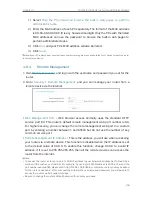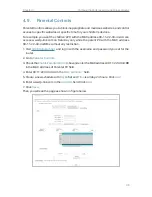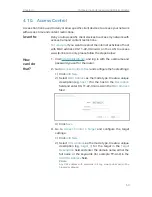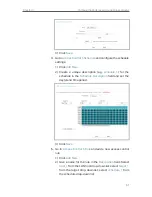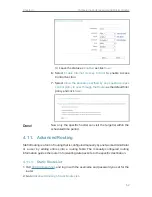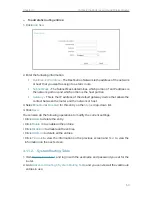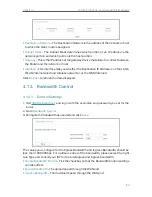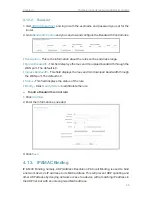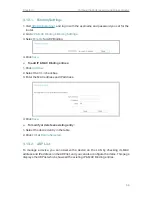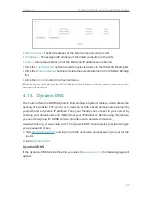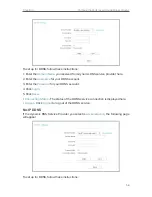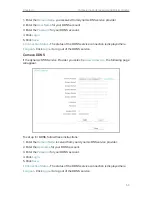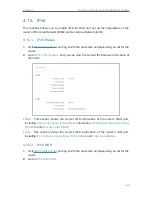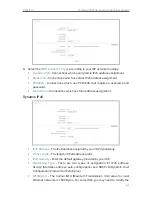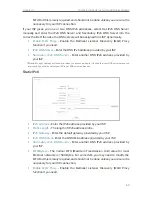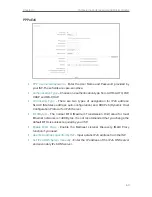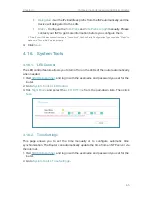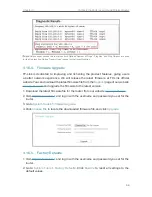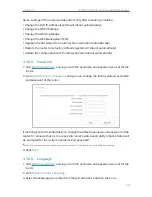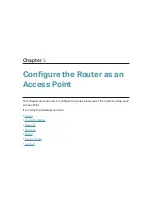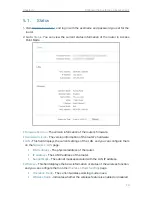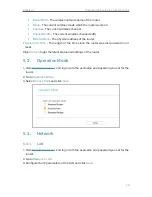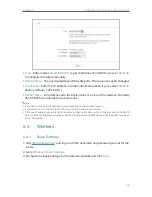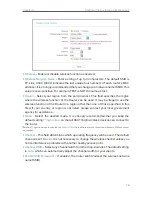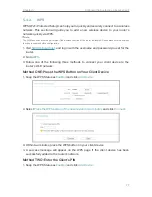
62
Chapter 4
Configure the Router as a Standard Wireless Router
MTU. But this is rarely required, and should not be done unless you are sure it is
necessary for your ISP connection.
If your ISP gives you one or two DNS IPv6 addresses, select Set IPv6 DNS Server
manually and enter the IPv6 DNS Server and Secondary IPv6 DNS Server into the
correct fields. Otherwise, the DNS servers will be assigned from ISP dynamically.
•
Enable MLD Proxy
- Enable the Multicast Listener Discovery (MLD) Proxy
function if you need.
•
IPv6 DNS Server
- Enter the DNS IPv6 address provided by your ISP.
•
Secondary IPv6 DNS Server
- Enter another DNS IPv6 address provided by
your ISP.
Note:
If you get Address not found error when you access a website, it is likely that your DNS servers are set up
improperly. You should contact your ISP to get DNS server addresses.
Static IPv6
•
IPv6 Address
- Enter the IPv6 address provided by your ISP.
•
Prefix Length
- The length of IPv6 address prefix.
•
IPv6 Gateway
- Enter the default gateway provided by your ISP.
•
IPv6 DNS Server
- Enter the DNS IPv6 address provided by your ISP.
•
Secondary IPv6 DNS Server
- Enter another DNS IPv6 address provided by
your ISP.
•
MTU(Bytes)
- The normal MTU (Maximum Transmission Unit) value for most
Ethernet networks is 1500 Bytes. For some ISPs, you may need to modify the
MTU. But this is rarely required, and should not be done unless you are sure it is
necessary for your ISP connection.
•
Enable MLD Proxy
- Enable the Multicast Listener Discovery (MLD) Proxy
function if you need.

